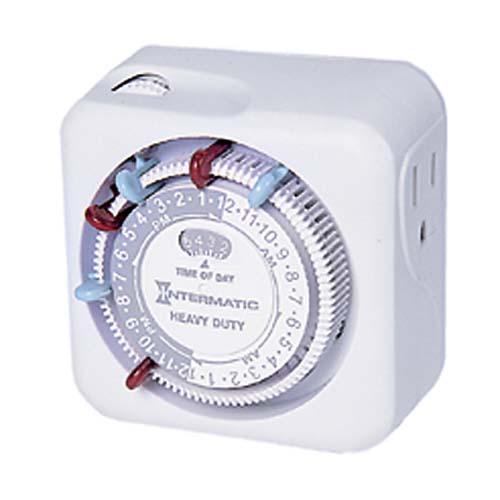- Joined
- May 26, 2018
- Messages
- 134
- Reaction score
- 131
I have a 16-gallon tank, started fishless cycling about a month ago, and I now have zero ammonia and zero nitrite — woohoo. Been only 2 days with these readings. So what’s next?
Should I wait longer to be sure?
Should I add some ammonia and see if the bacteria does its job?
Should I do a water change and start adding my first livestock?
Thanks in advance!
PS: I’m a saltwater rookie, and a rookie to the forum, but I’m excited to be here! And I’m sorry if my question is dumb, or if it’s been answered elsewhere.
Should I wait longer to be sure?
Should I add some ammonia and see if the bacteria does its job?
Should I do a water change and start adding my first livestock?
Thanks in advance!
PS: I’m a saltwater rookie, and a rookie to the forum, but I’m excited to be here! And I’m sorry if my question is dumb, or if it’s been answered elsewhere.
















